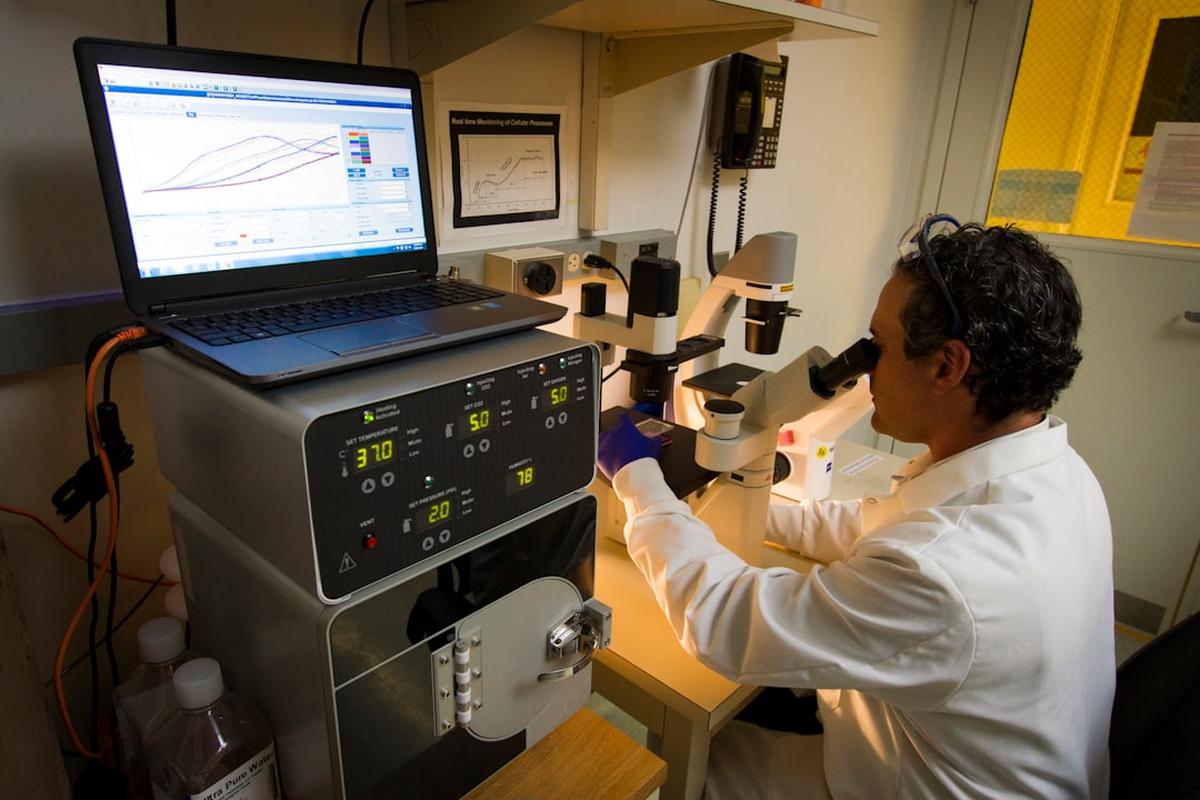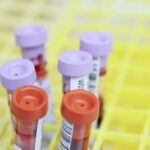Cremation, a funeral practice where the body is burned to ashes, has been a part of human culture for thousands of years. Despite its ancient origins, questions about the process still abound. One such question that piques the curiosity of many is whether DNA, the blueprint of life, survives the intense heat of cremation.
Understanding DNA
DNA, or deoxyribonucleic acid, is the genetic material that determines the biological traits of all living organisms. It is the carrier of genetic information, passed from generation to generation, that makes us who we are. DNA is remarkably resilient and can be preserved for thousands of years under the right conditions. However, it is also susceptible to degradation from environmental factors, including heat, moisture, and exposure to chemicals.
The Cremation Process: An In-depth Look
Cremation involves the use of high heat and flame to reduce the human body to its basic elements, primarily bone fragments. The process typically takes two to three hours and occurs in a cremation chamber, also known as a retort, which reaches temperatures between 1400 to 1800 degrees Fahrenheit. At these extreme temperatures, all organic matter is consumed by the flames, leaving only inorganic bone fragments behind.
Impact of High Temperatures on DNA
Heat is one of the primary factors that can cause DNA to degrade. The high temperatures involved in cremation can break the bonds that hold the DNA molecule together, leading to the fragmentation of the DNA strands. Several studies have shown that DNA begins to degrade at temperatures as low as 257 degrees Fahrenheit, far below the temperatures reached during cremation.
The Reality of Ashes: Absence of DNA
The ashes resulting from cremation are essentially bone fragments that have been ground into a fine powder. Contrary to popular belief, these ashes do not contain DNA. The extreme heat of the cremation process destroys all organic material, including DNA. This is supported by scientific research, which has found no trace of DNA in cremated remains.
Potential DNA Sources: Bones and Teeth
While the ashes from cremation do not contain DNA, there is a possibility that DNA may be preserved in the bones and teeth. These parts of the body are more resistant to heat and may protect the DNA within from complete degradation. Some studies have indeed found traces of DNA in cremated bones and teeth, although the DNA is often highly fragmented and difficult to analyze.
Challenges in DNA Extraction Post-Cremation
Extracting DNA from cremated remains is a challenging task. The high temperatures can cause the DNA to become highly fragmented and chemically modified, making it difficult to extract and analyze. However, advancements in DNA extraction techniques and next-generation sequencing technologies are making it increasingly possible to recover and analyze DNA from such challenging sources.
Practical Applications: Forensics and Genealogy
The ability to extract DNA from cremated remains has significant implications for forensic investigations and genealogical research. In forensics, DNA from cremated remains can be used to identify victims of crimes or disasters. In genealogy, it can provide valuable information about a person’s ancestry and genetic heritage.
Ethical Considerations in DNA Analysis of Cremated Remains
As with any form of DNA analysis, there are ethical considerations to take into account when dealing with cremated remains. Respect for the deceased and their families is paramount, and any DNA analysis should be carried out with their consent. There are also legal and ethical guidelines in place to ensure that DNA testing is conducted in a responsible and respectful manner.
In Summary
The question of whether DNA survives cremation is a complex one. While the extreme heat of the cremation process destroys most DNA, traces may be preserved in the bones and teeth. However, extracting and analyzing this DNA is a challenging task that requires advanced techniques and technologies. As our understanding of DNA and our ability to analyze it continues to advance, we may one day be able to routinely extract and analyze DNA from cremated remains, opening up new possibilities in forensics, genealogy, and our understanding of our own genetic heritage.
References:
- Ballantyne, K. N., van Oven, M., & Ralf, A. (2012). Mutability of Y-chromosomal microsatellites: rates, characteristics, molecular bases, and forensic implications. American Journal of Human Genetics, 91(3), 341-353.
- Cattaneo, C. (2007). Forensic anthropology: developments of a classical discipline in the new millennium. Forensic Science International, 165(2-3), 185-193.
- Mundorff, A. Z., & Davoren, J. M. (2014). Examination of DNA yield rates for different skeletal elements at increasing post mortem intervals. Forensic Science International, 236, 152-159.
- Prinz, M., Carracedo, A., Mayr, W. R., Morling, N., Parsons, T. J., Sajantila, A., … & Schneider, P. M. (2007). DNA Commission of the International Society for Forensic Genetics (ISFG): recommendations regarding the role of forensic genetics for disaster victim identification (DVI). Forensic Science International: Genetics, 1(1), 3-12.








